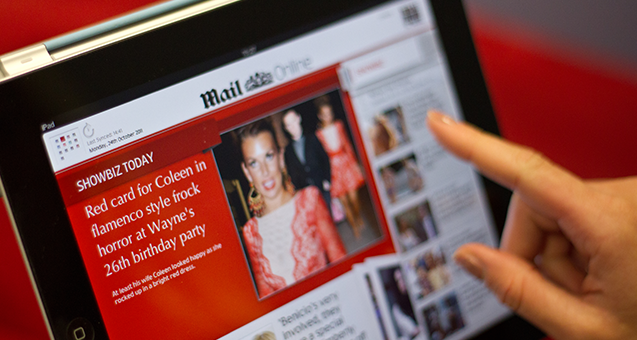Quartz magazine is held up as one of the most innovative news websites and one of the models for the future of online publishing however its president Jay Lauf suggested at the Digital Media Strategies conference in London yesterday that web users are increasingly shifting towards social sites to find their content.
This isn’t new, most sites have been dependent upon referrals from the popular social media services and companies like Buzzfeed have built their entire strategies upon traffic from Facebook.
Lauf suggests that sites like Quartz and Buzzfeed are increasingly losing control of their own audiences which raises risks for publishers and readers as they become dependent upon the social media gatekeepers.
Quartz’s traffic from LinkedIn is a good example of how a gatekeeper can control traffic with referrals falling away as the social site pivots into a publishing platform of its own.
It could turn out that control of traffic backfires however as people find those services deliver less value or relevant information.
Ultimately it may be the gatekeepers who suffer from restricting traffic as readers decide they aren’t getting the news they want.




